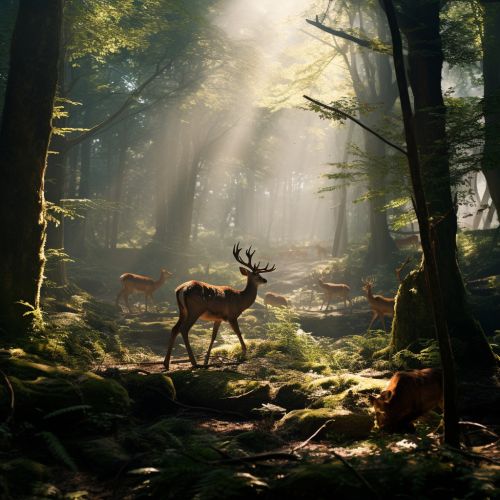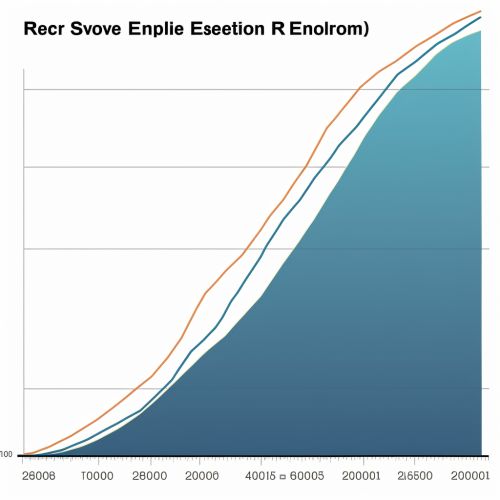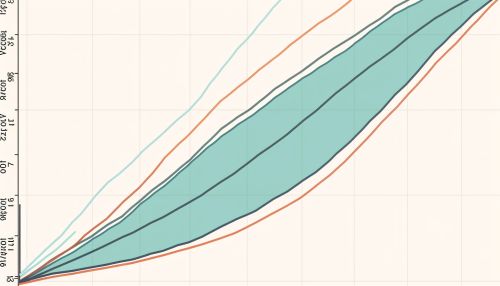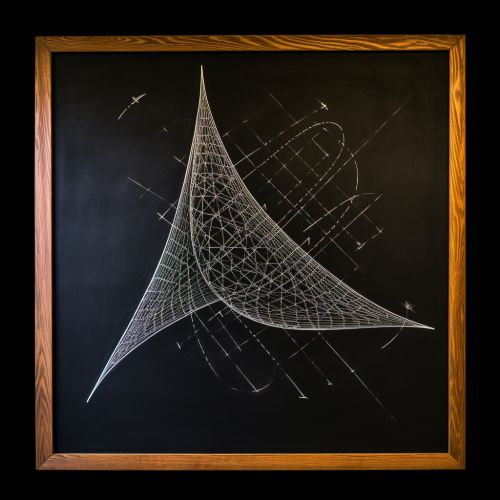Population ecology
Introduction
Population ecology is the branch of ecology that studies the structure and dynamics of populations. It is the study of how the population sizes of species change over time and space. The field of population ecology often uses mathematical models to explore the interactions of individuals within a population and between populations.


History and Development
The development of population ecology owes much to demography and actuarial life tables. Demography is the statistical study of human populations, particularly in reference to size density and distribution, while actuarial life tables are used to understand age-specific mortality patterns of a population. The first demographic life table was developed by life insurance mathematician Benjamin Gompertz in 1825, but ecologists only started to use life tables in the early 20th century.
Key Concepts
Population Size and Density
Population size is the total number of individuals in a population at a given time. Population density is the number of individuals per unit area or volume. These two factors play a significant role in shaping the ecological dynamics of populations.
Population Growth and Regulation
Population growth refers to the change in population size over time. It can be influenced by birth rates, death rates, immigration, and emigration. Population regulation is the mechanisms by which population sizes are controlled. The two main types of population regulation are density-dependent and density-independent regulation.


Age Structure
The age structure of a population is the distribution of individuals among different ages. It can have a strong influence on population growth and structure.
Life History Strategies
Life history strategies are the patterns of survival and reproduction that organisms exhibit, which can influence their population dynamics. For example, some species may reproduce rapidly and die young, while others reproduce slowly and live long lives.
Mathematical Models in Population Ecology
Mathematical models are often used in population ecology to predict how population sizes will change over time. The simplest model of population growth is exponential growth, where the population size increases at a constant rate. More complex models include logistic growth, which includes a carrying capacity, and the Lotka-Volterra model, which models the interaction between two species.


Applications of Population Ecology
Population ecology has many practical applications, from managing natural resources to understanding the spread of diseases. In conservation biology, population ecology can be used to predict the effects of habitat destruction on species' survival. In agriculture, it can be used to manage pest populations. In public health, it can be used to understand the spread of infectious diseases.
Criticisms and Limitations
Like all scientific fields, population ecology has its limitations. One criticism is that it often relies on mathematical models that make simplifying assumptions about the real world. Another criticism is that it often focuses on single populations, without considering the interactions between different species or the effects of environmental change.
